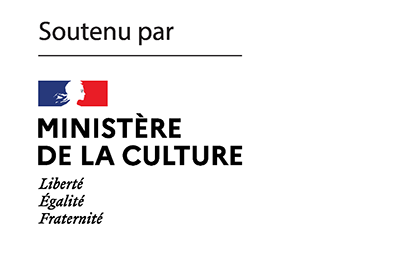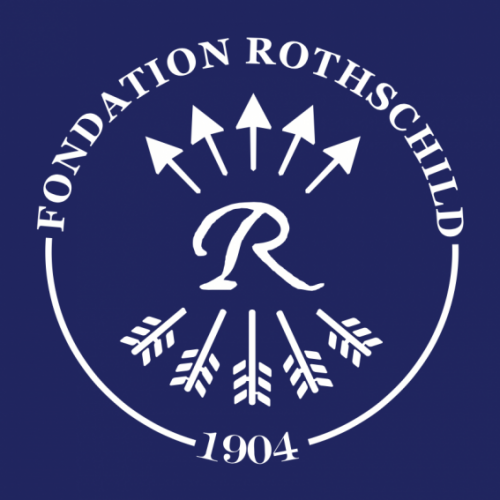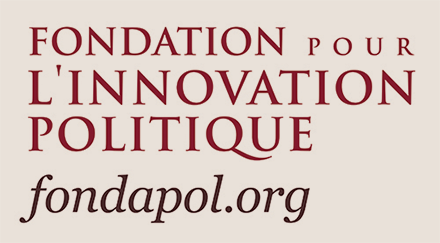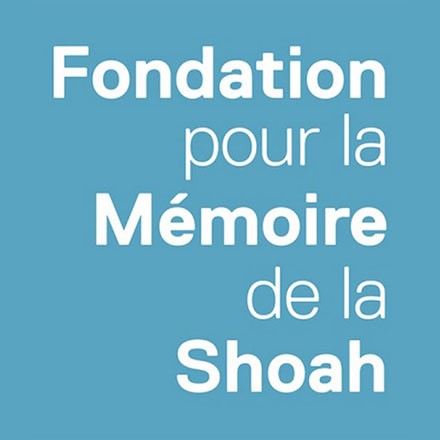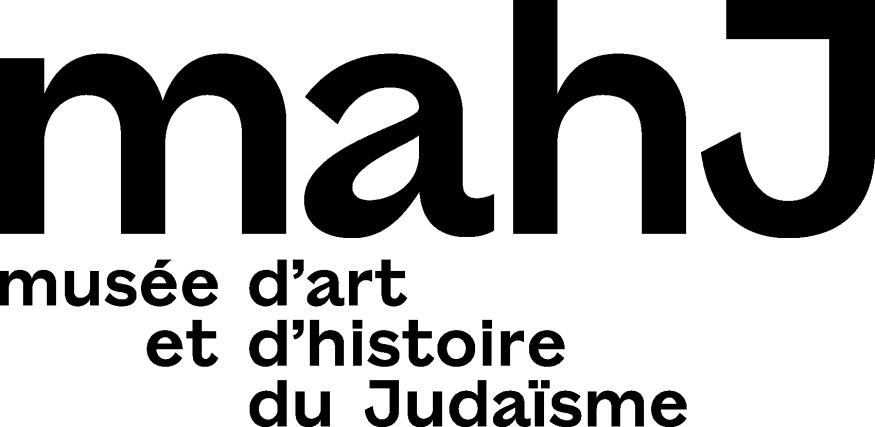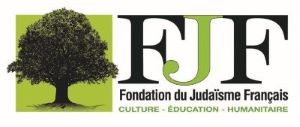Edito
Jürgen Habermas is undoubtedly the greatest thinker on the reconstruction of Europe, the clarification of its normative foundations established after 1945, and its definition as a supranational entity that has…
This week, K. Review is published on a Sunday with an article by Jürgen Habermas. With relentless lucidity, the philosopher of the European idea analyzes the weakening of the West…
Last week, the French far-right politician Éric Zemmour was all over TV promoting his latest book, The Mass Is Not Over: For a Judeo-Christian Revival[1]. Presented as a civilizational manifesto…
Recent events have been marked—as we have already mentioned—by heated debates about academic freedom. In particular, the echo between Eva Illouz’s disinvitation from the University of Rotterdam and the cancellation…
Peace through law: this is what Europe repeats to itself every morning in front of the mirror, to summon courage. If it is a big day and it needs to…
After a controversial campaign, Zohran Mamdani has just been elected mayor of New York. This election marks the success of a new generation of activists within the Democratic Party, who…
Thirty years after his assassination, what remains to commemorate about what Yitzhak Rabin stood for? On November 4, Israelis and their representatives will have something to say about what happened…
The scenes of jubilation that took place last week in the Knesset on the occasion of the ceasefire agreement and the release of the hostages nevertheless left a strange aftertaste:…
The war is finally over. It is with immense relief and unadulterated joy that we welcomed and celebrated the news of the past week. The deadly sequence that began two…
Join us
With the support of:
Thanks to the Paris office of the Heinrich Böll Foundation for their cooperation in the design of the magazine’s website.
